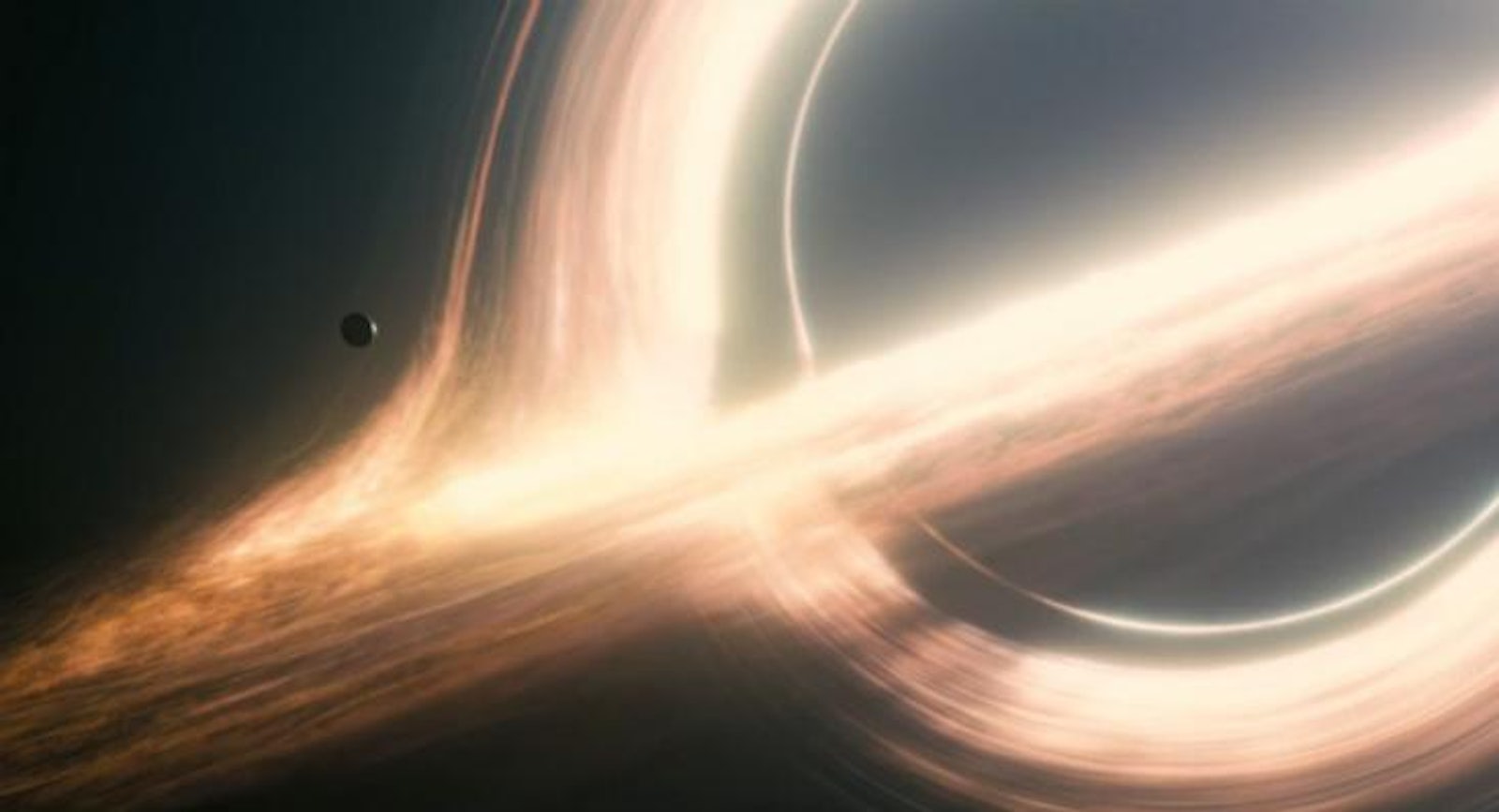In 2011 America’s astrophysicist, Neil deGrasse Tyson, was on Real Time with Bill Maher discussing the proposed termination of NASA’s James Webb Telescope, which the House Appropriations Committee had decried as “billions of dollars over budget and plagued by poor management.” Tyson went on to deliver what is now one of his most famous quotes:
When someone says, “We don’t have enough money for this space probe,” I’m asking, No, it’s not that you don’t have enough money, it’s that the distribution of money that you’re spending is warped in some way that you are removing the only thing that gives people something to dream about tomorrow. You remember the 60s and 70s. You didn’t have to go more than a week before there’s an article in Life magazine, “The Home of Tomorrow,” “The City of Tomorrow,” “Transportation of Tomorrow.” All of that ended in the 1970s. After we stopped going to the Moon, it all ended. We stopped dreaming.
In the not-at-all distant future of Interstellar, a film by Christopher Nolan opening today, humanity has utterly rejected the optimism Tyson referred to. “Now we just look down, and worry about our place in the dirt,” says Cooper (Matthew McConaughey), a former NASA pilot and engineer, as he overlooks his vast, dusty cornfield. He’s lamenting a parent-teacher meeting he just had concerning his brilliant daughter, who’s been recently disciplined for her defiance in class and for spreading “lies.”
On a planet suffering from a global Dust Bowl and massive food shortages, presumably connected with climate change, children aren’t supposed to know that the moon landings really happened. Cooper’s told that tales about going to the moon were all Cold War propaganda in the service of capitalist imperialism. The official government line and political correctness are dictated by a fetishized environmentalism that requires the spark of space exploration to be extinguished, lest we forget that Mother Earth is the only home we have. The stars are just a foolish distraction. And NASA? Officially, it no longer exists.
But humanity is not necessarily doomed. Cooper and his daughter discover a wormhole near Saturn and find that there are potentially habitable planets, which happen to be orbiting a black hole, lying on the other side. So Cooper and other fellow explorers are sent through the wormhole to seek out a potential Earth 2.0 where humans can start again, having irreparably fouled the original version.
There are elements in Nolan’s dystopia that are uncomfortably plausible. By some dark coincidence, the Intergovernmental Panel on Climate Change published its alarming 2014 Synthesis Report in the same week as the Interstellar release. “Global temperature increases of ~4°C or more above late 20th century levels, combined with increasing food demand, would pose large risks to food security globally (high confidence),” states the summary version for policymakers.

Fortunately, there are some promising approaches for avoiding this fate. Confronting and mitigating, and hopefully sometime reversing, the effects of climate change is perhaps the most important one. The main goal here is to decrease our emission of greenhouse gases as soon as is practicable, and potentially to sequester some of the epic amount of carbon dioxide we’ve already put into the atmosphere.
But there are also less obvious steps we should take to improve the future of food. In this effort agricultural finance will be key, as a new book called Finance for Food: Towards New Agricultural and Rural Finance makes clear. The volume’s editor, Doris Köhn, co-wrote a chapter on food scarcity in which she details a “holistic” financial approach to global rural markets. She concludes, for example, that the whole chain of food production and distribution—“from farm to fork, from pasture to plate, or from barnyard to belly”—requires a financial re-conception to get all actors within that chain to help reduce food loss post-harvest, which in turn helps to drive down prices and drive up food stocks.
Even with our efforts to keep Earth pumping out enough food to feed the billions of people who live here, there is some chance that the planet will not forever be a safe home for humanity. In that light, we should be looking for other places to live, a backup plan in case of global failure.
But we can’t place our hopes in the sudden appearance of a wormhole in our solar system linking us to far regions of the universe; we’ve got to make do with what our little part of the galaxy has. Elon Musk, the serial entrepreneur and founder of SpaceX (and also its chief technology officer, as he likes to point out), appreciates this point more than most. His company “designs, manufactures, and launches advanced rockets and spacecraft…with the ultimate goal of enabling people to live on other planets,” according its website. (The question of moving to nearby worlds like Mars isn’t explored much in the movie, so one assumes such plans were scrapped when NASA went under.) To do that it will be necessary for Musk to revolutionize the economics of the space launch, which is still “the only form of transportation on Earth where the vehicle is built anew for each journey.” Reusable rockets are the likely answer: They’ll be able to fly into space, touch back down, and be refueled for another launch in a matter of hours. SpaceX’s technology is promising but is still very much in the prototype stage; a recent test flight exploded in the Texas sky after an anomaly was detected.
When Cooper leaves his farm and his family to save mankind, he flies into space on a type of rocket that SpaceX is working to supplant. The new crop of private spaceflight companies, as well as NASA, have taken up Tyson’s challenge to create the “Transportation of Tomorrow” that we’ll need to spread our civilization to other planets. So, although Interstellar’s future is disturbingly realistic, there are solid reasons to suppose that it’s a future we can avoid.
Brian Gallagher is an editorial intern at Nautilus.






























